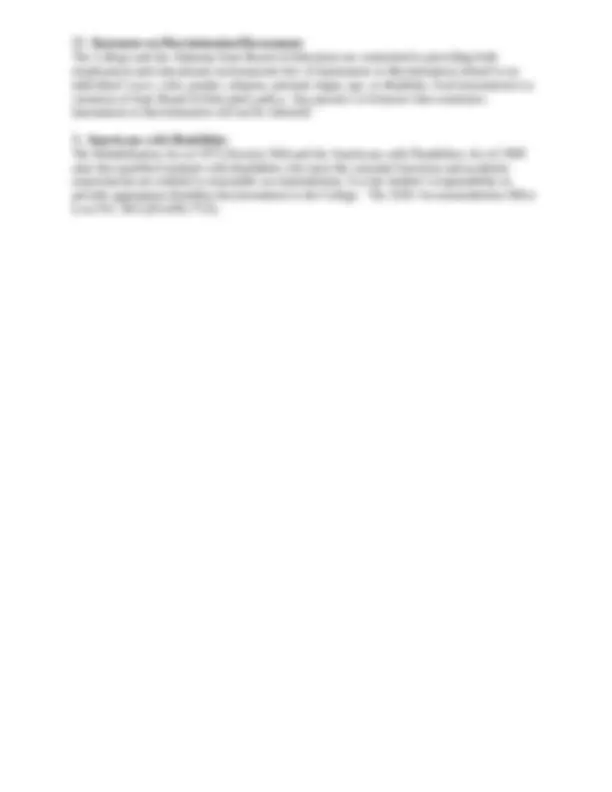



Study with the several resources on Docsity

Earn points by helping other students or get them with a premium plan


Prepare for your exams
Study with the several resources on Docsity

Earn points to download
Earn points by helping other students or get them with a premium plan
Community
Ask the community for help and clear up your study doubts
Discover the best universities in your country according to Docsity users
Free resources
Download our free guides on studying techniques, anxiety management strategies, and thesis advice from Docsity tutors
The details of a university course, bus 248 - managerial accounting. The course is designed to familiarize students with managerial accounting concepts and techniques, with a focus on cost behavior, budgeting, and cost accounting systems. Prerequisite is bus 242. The textbook for the course is 'introduction to management accounting' by werner, published by prentice hall.
Typology: Study notes
1 / 3

This page cannot be seen from the preview
Don't miss anything!


Date Adopted: Date Reviewed: January 2008 Date Revised: January 2008 BUS 248 – Managerial Accounting I. BUS 248 – Managerial Accounting – 3 Semester Hours II. Course Description This course is designed to familiarize the student with management concepts and techniques of industrial accounting procedures. Emphasis is placed on cost behavior, contribution approach to decision-making, budgeting, overhead analysis, cost-volume-profit analysis, and cost accounting systems. III. Prerequisite Bus 242 IV. Textbook Textbook: Introduction to Management Accounting (Current Edition) Publisher: Prentice Hale Authors: Werner V. Course Objectives